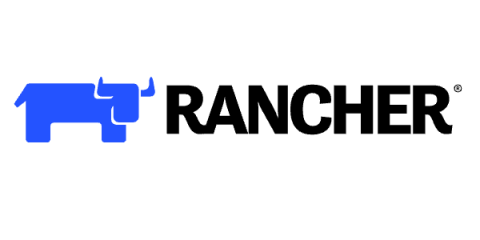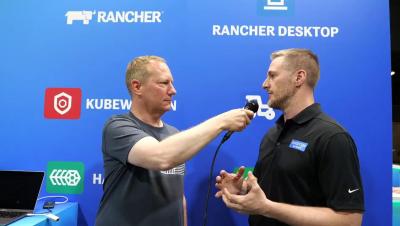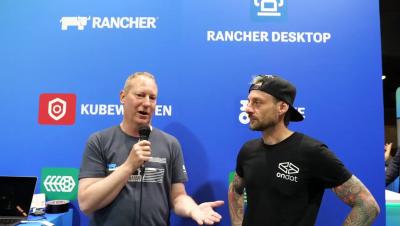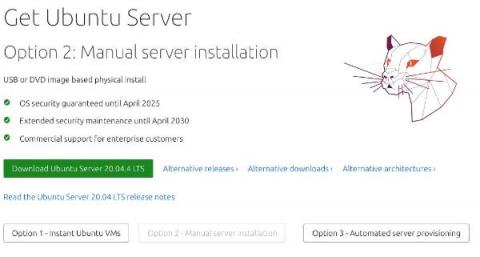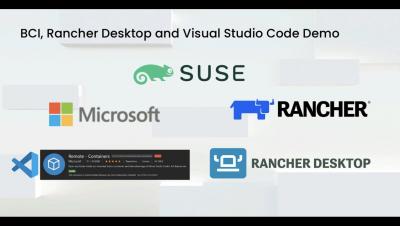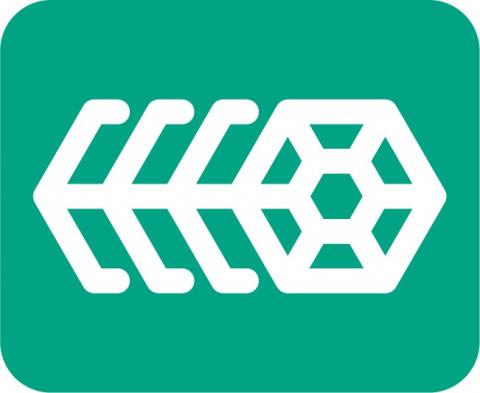Deploying Highly Available K3s with External Database
Having trouble deploying Kubernetes in a highly available mode and have a backing remote database? This blog is for you. I will explain how to deploy K3s in HA configuration with an external database Postgres. K3s is a certified Kubernetes distribution for IoT and Edge computing. I deployed it on virtual machines in an IBM Z mainframe. Instead of etcd, I choose Postgres as my storage for my K3s clusters. I deployed Postgres in non HA mode.







